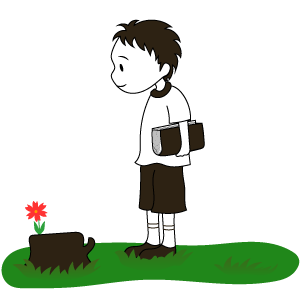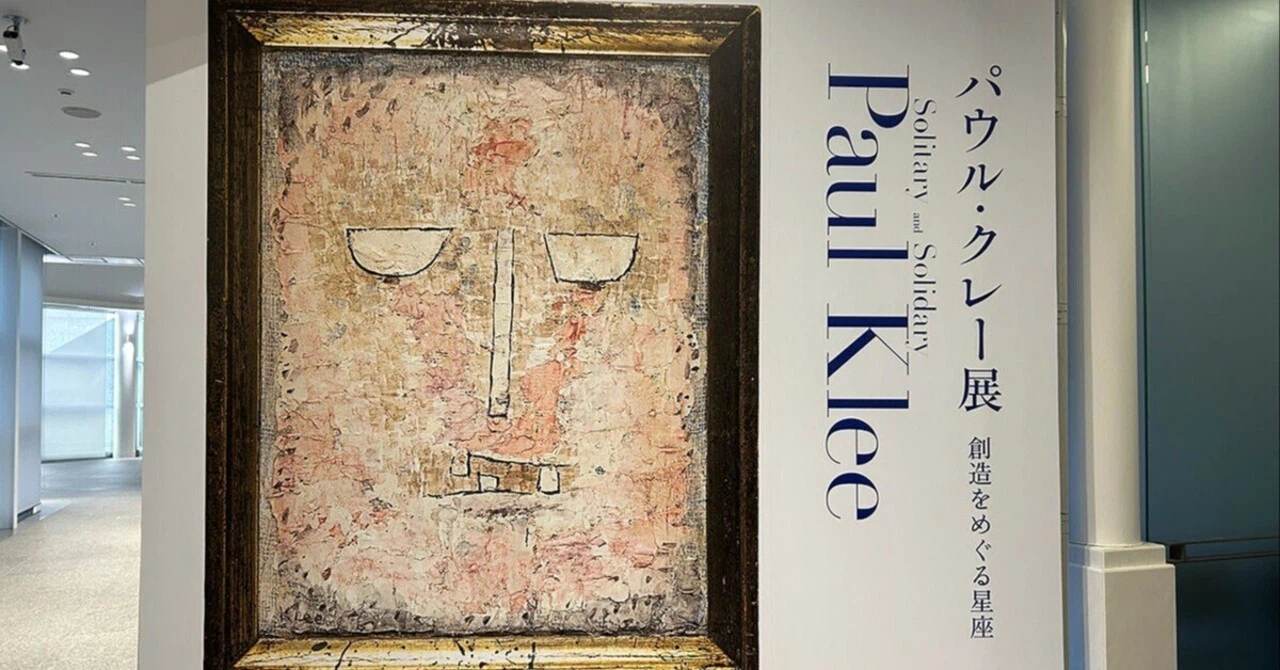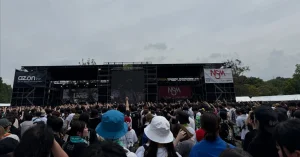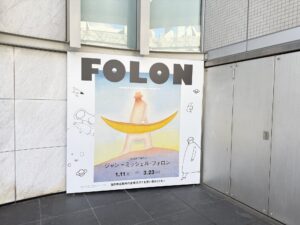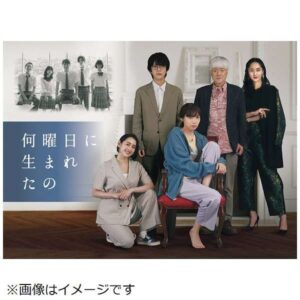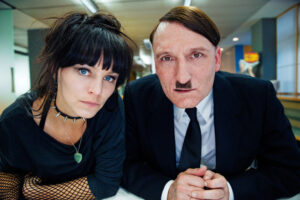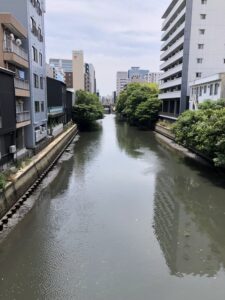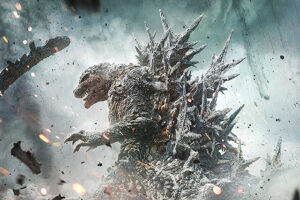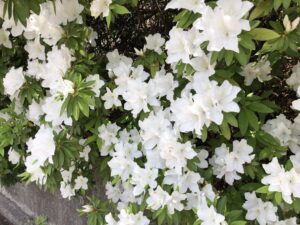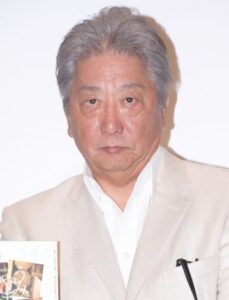It’s a little late (2 months ago), but I went to see the Paul Klee exhibition at the Aichi Prefectural Museum of Art the other day.
Personally, I think I like Paul Klee the best of all the Western painters. And it was the poet Shuntaro Tanikawa who first introduced me to the greatness of Klee.
I’ve been to all of his past exhibitions that I can, and even though I vowed to myself that I wouldn’t buy anything before I went, I ended up buying a bunch of his art books on impulse after seeing them, and I have a bunch of them at home as proof of that.
When I heard the news in 2005 that a museum (apparently truly amazing) boasting a collection of over 4,000 pieces by Klee had opened in the Swiss city of Bern, I wanted to get on a plane and go there right away.
So, what do I like about Paul Klee? Of course, it’s difficult to answer in one word, but I’m sorry to say it’s a stupid answer, but it’s his “soft kindness and humor.”
His works, even when they depict tragic wars and battles, have a certain softness to them.
When I’m writing the original story for a picture book or a fairy tale, and I’m feeling depressed, or when something bad has happened and I’m feeling fierce, I open the aforementioned Paul Klee art book.
Then I bring my mood to the gentle state that allows me to write a fairy tale. Incidentally, a similar role is played by “Night on the Galactic Railroad,” an animated film with a cat as the main character (the soundtrack by Hosono Haruomi is also wonderful).
Just glancing at these can completely change my depressed mood in an instant. My consciousness is transported to the world of imagination.
The images expand one after another, and my desire to create increases.
I don’t really like the division into schools and ideologies that is found in Western painting, and this is not limited to literature, but using all my limited knowledge, I would say that Paul Klee’s works are Expressionism plus Cubism plus Dadaism plus. Above all else, I feel that this work combines that with a special secret ingredient: poetic spirit (an addition of my own).
And within that, what’s particularly important is that poetic spirit.
In other words, it gives the painting a sense of poetry. I feel that this is the biggest thing.
I’m sure Tanikawa Shuntaro has said that he often looks at Paul Klee’s art books when writing poetry.
But why, if I like Klee so much, did I write this article so long after the art exhibition ended?
There is a reason for this. While the exhibition was, of course, good overall, there were not many works depicting angels, which I like, from his later years (maybe due to budgetary constraints).
I like Paul Klee’s works from closer to his later years because I feel they are closer to poetry and have greater transparency.
Paul Klee’s studies are also quite good, but the closer he got to his death at the age of 60, the more amazing his angel series of works become, carrying both weight and lightness.
When I look at the angel series, I always think that I would like to be able to create works that make people feel the same way.
A clear state of mind where one’s inner self and expression are one. With simple words and content that doesn’t hurt anyone. A work wrapped in kindness and humor.
And even if they choose a subject like an angel, it’s never cheap.
When I stare at Paul Klee’s angel paintings, I feel as if the angels have come down just for me.
I think that probably many people who like Paul Klee’s work want to feel these gentle emotions. And they are unbearably sensitive and lonely people.
Of course, there are probably people who want to feel the heat of life every day through the works of Taro Okamoto, Van Gogh, Dali, and others, who seem to be filled with a certain kind of soul, but if I had the money, I think the first thing I would want to hang in my house is a Paul Klee painting.
However, it’s so expensive that I can’t even afford to buy a replica…
“Paul Klee: Approaching Death, Towards an Angel”
